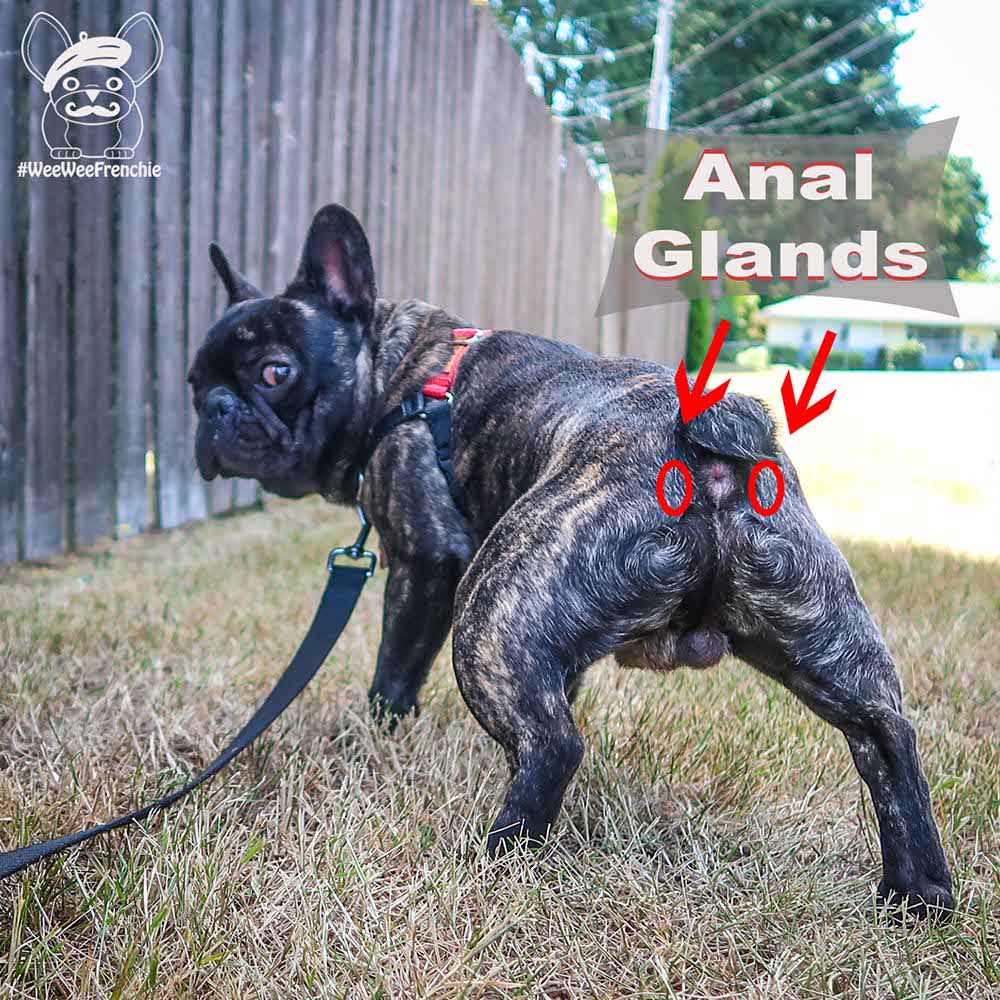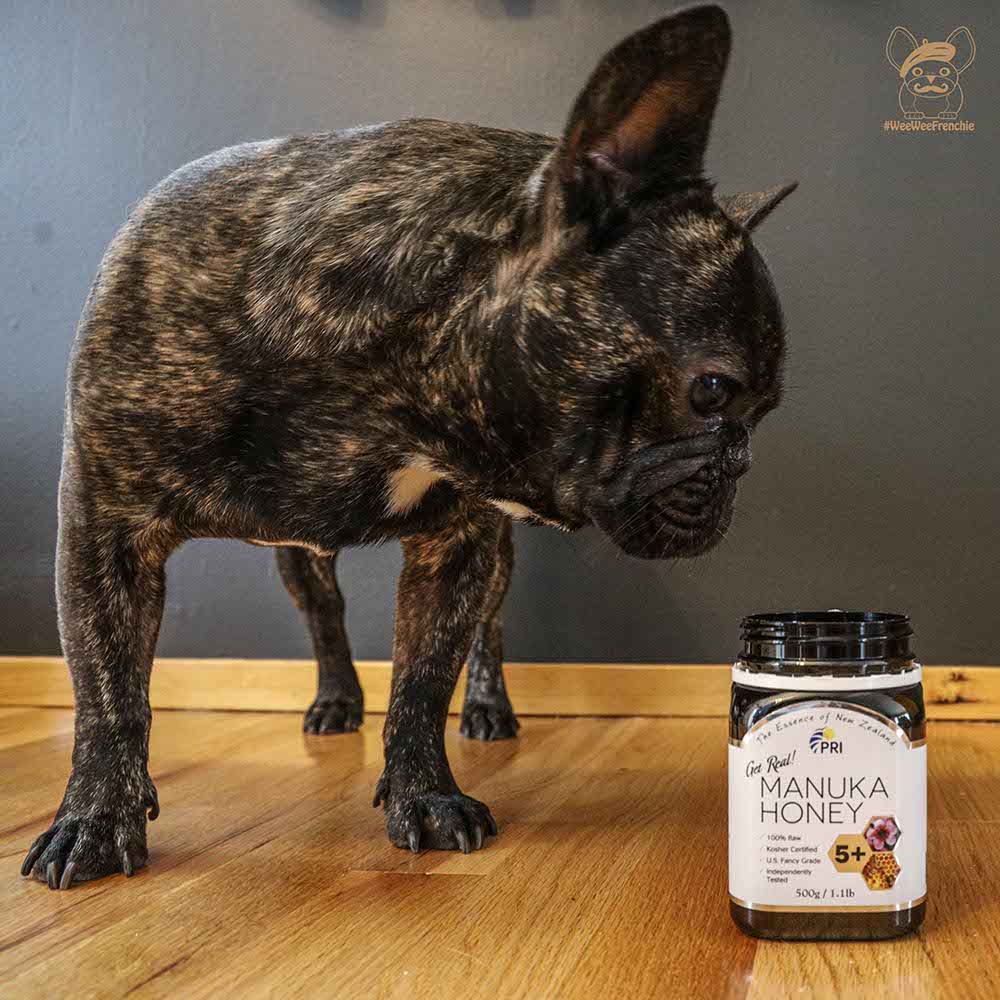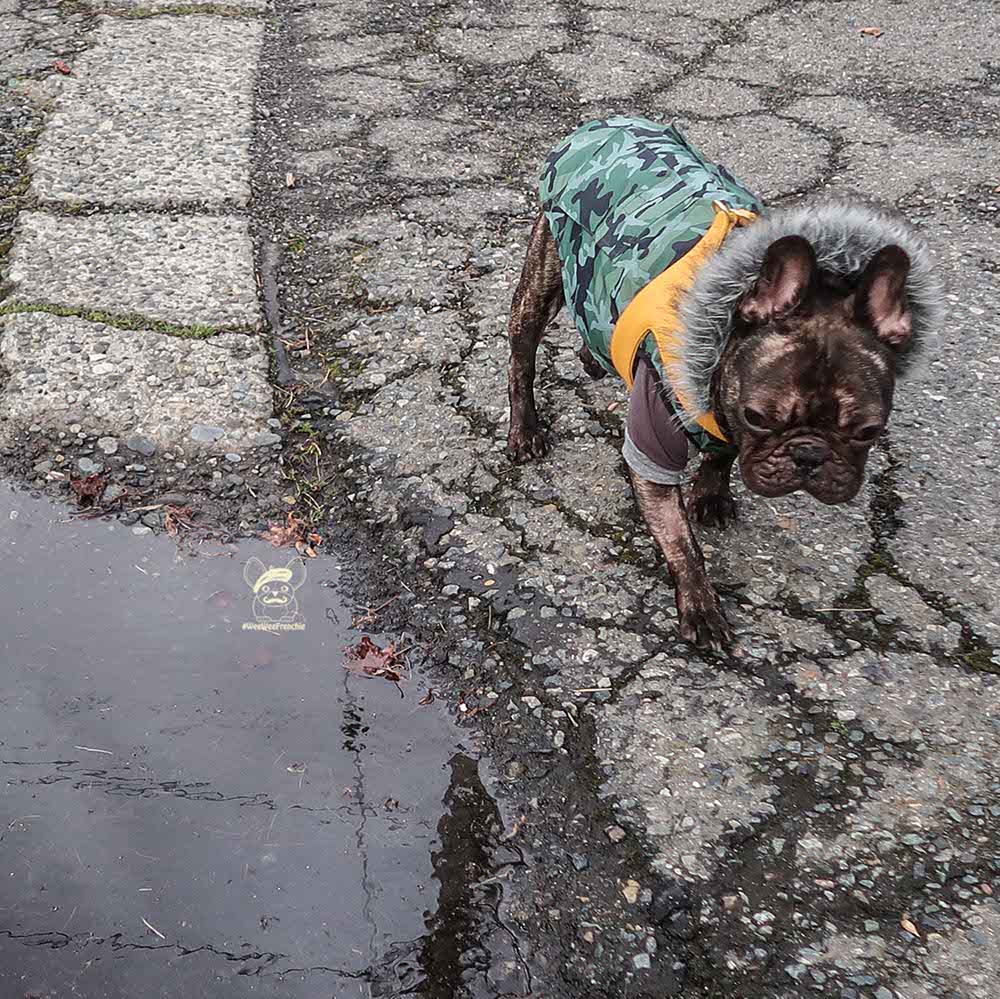What Is Lymphangiectasia?
With my dog, Phoenix, being sick for over a year, it was finally time to visit an internal medicine vet. Stacks of old records were sent to the vet office that were over an inch thick. It was a tribute to the many hours spent going to vet after vet over the past year. Today, we hoped for answers.

Phoenix’s diagnosis was an old diagnosis. It was something that they had found 10 months ago but never treated. In fact, I don’t even recall anyone mentioning it to me. His diagnosis is called intestinal lymphangiectasia.
To put it simply, intestinal lymphangiectasia is a dilation of lymph vessels of the gastrointestinal tract. The lymph system helps to remove bacteria and other toxins from the body. It also serves to transport fat from the small intestines and empty into the blood. When the lymph system is obstructed, fat and protein are not absorbed and expelled out of the body.
To put it another way, the gastrointestinal tract is composed of lacteals and microvilli. These two work together to absorb fat. But, if inflammation is present, there is high pressure in the GI tract. This causes the fragile microvilli to burst causing protein and fat to be excreted.
If protein isn’t absorbed, the body has to make protein by breaking down muscle. This can cause more problems in your dog, like weight loss.

Lymphangiectasia usually occurs in middle-aged dogs. It can be breed-specific and is more common in Maltese, basenji, shar pei, and wheaten terrier.
Symptoms of lymphangiectasia include weight loss due to the loss of protein and fat. Chronic vomiting and diarrhea can also occur. In more severe cases, there may be fluid retention in the abdomen and chest wall.
Diagnosing is performed using an endoscopy. This enables a small camera to be passed from the esophagus to the small intestine. Skin biopsies are also taken to test for inflammation or other disease.
In order to confirm a diagnosis of lymphangiectasia, low lymphocytes must be present. Testing may show low cholesterol since it wouldn’t be absorbed. Albumin, a type of protein, can be low to normal, depending on the severity of the disease.
Treatment is focused on a low fat (no more than 15%), high protein (20-25%) diet. Fat needs to be limited since it is carried through lymph vessels. Less fat means there is a lower demand to carry fat out of the intestines, which reduces the pressure in the gut. Less inflammation means a resolution of symptoms.
Steroids help to alleviate inflammation so that nutrients can be absorbed. Vitamin injections may be needed depending on the severity of the disease. Dogs with lymphangiectasia may need supplementation of B-12 and fat-soluble vitamins A, D, E, and K.
Long-term care requires weight monitoring. Regular vet check-ups are needed to assess nutritional deficiencies and labs.

Proper nutrition is key to managing this disease. An animal nutritionist can help ensure your dog is getting the best nutrition. If caught early enough, the prognosis can be good. Symptoms need to be managed and nutrition needs to adequate.
Phoenix has been fighting a long, extensive health battle. Given that he has a diagnosis, we hope to focus on getting him back to health. With the help of an animal nutritionist, we will be altering his diet. He has also started steroids and seems to be improving. Within the next month, we hope to have more updates but for now, we rest assured that we can get this disease under control.
This blog is for informational purposes only. The information given should not be used as a substitute for veterinary evaluation.




